Trip Planning Guide as a Backpacking Beginner
Are you ready to do more than a day hike? But you don’t know anything about planning an overnight backpacking trip…
I was in this predicament myself once, and now I know exactly how to plan a safe and fun backpacking trip! I’m excited to share this knowledge with you.
I walk you through a seven-step process for planning a backpacking trip. These are all very important steps to take to make a successful, safe trip! It doesn’t have to take a crazy amount of planning to have a blast on your first trip.
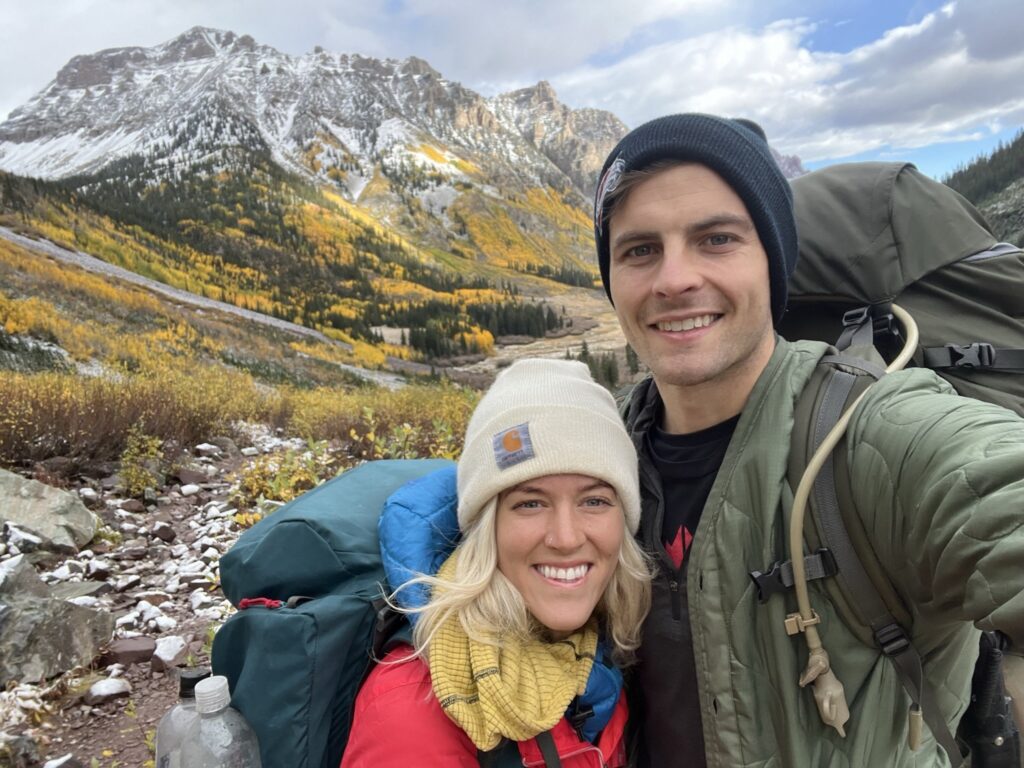
Table of Contents
1) How to Plan a Backpacking Trip: Picking a Trail
When it comes to planning a backpacking trip, the most first step is starting with choosing the trail. There are some important things to consider and ask yourself.
How far do you want to drive?
I suggest driving no more than 3-4 hours to the trailhead from your house. For my first 2 solo backpacking trips, I went to trails I already had day hiked on but knew I was allowed to backpack. This helped a ton, and I felt way more confident going into it.
What type of experience do you want?
Do you prefer solitude, or are you comfortable with crowds? National forests are great areas to backpack in. I always research local blog posts and All-Trails to pick out a good route. Sometimes, even state parks have short “backcountry” sites that are easy and fun to hike into!
What kind of backpacking trail is your body ready for?
My suggestion would be to keep the mileage short. Miles and elevation with a 35lb+ backpack feel five times harder than a hike without a backpack. For your first backpacking trip, I would keep the miles between 3 and 5 every day. Deciding how much elevation is totally up to you. 1000-1500 gain a day is probably hard enough for your first trip. I would even suggest not having much elevation at all on your first weekend of backpacking and testing gear.
What type of trail are you wanting as a beginner?
Are you looking to camp in the desert or the mountains? Do you prefer flatland or hard terrain? I would look to make it an out-and-back trail or a loop. This means that where you start your trail, you’ll also hike back to it. This makes logistics a little easier!
Resources for finding backpacking trails
- AllTrails – Best for short trips
- FarOut – Great for section hiking
- TrailForks – Great for anything in-between
- Blog posts
- Youtube
- State Parks – Sometimes has “walk-in sites”
- National Parks – You’ll always need a permit
2) How to Plan a Backpacking Trip: Research the Trail You Chose
Do you need a permit?
Sometimes, it will be very obvious whether or not you need a permit. Usually, you can find this information by looking the trail up on recreation.gov or by reading up-to-date blog posts. Ranger stations are also a great place to call to get this information. Sometimes, permits are as easy as filling out a tag when you arrive, and sometimes, you need to apply for a lottery permit.
Do you need a bear canister?
It is extremely important to know this answer. If you camp in a place with high bear activity and don’t use proper food storage, you or your gear could have a rough night of sleep out there. Research the forest and trail you are camping on for bear activity and requirements.
Is there a fire ban?
You could get fined by a ranger thousands of dollars for having a fire illegally. These rules are there to protect you and the land you’re camping on. Many places have fire bans because the time of year is very dry and will likely burn fast if there are any sparks.
Fire bans are also often in very fragile locations like high alpine places. A good place to check for fire restrictions is www.blm.gov and www.fs.usda.gov
Where is there a water source?
Water sources can be found on trail updates and maps. Look up reviews for the trail if you can’t see an obvious lake nearby on the map. Calling a local ranger station to ask how well the water flows in the streams before your trip is super beneficial. I would also try to camp within walking distance (still over 200 ft away, though, which is required by law) from your daily water source. This way, you always know you will have lots of water for cooking and drinking. My favorite water filter currently is from Katadyn.
3) How to Plan a Backpacking Trip: Collect and Test Your Necessary Gear
When planning a backpacking trip, choosing the right gear is important. Check out this gear check list I made for backpacking, it’ll have everything you need, right down to your underwear.
Here is my personal Amazon storefront list of gear that is easy for you to look at! Be sure to test how everything works before heading to the wilderness. Good places to look for gear is used gear shops, thrift stores, or rent or buy from REI “garage sale” section.
4) How to Plan a Backpacking Trip: Packing Your Meals
I would suggest packing high-calorie-dense meals and snacks. It’s beneficial if they are things that pack down well. Some of these items would look like high-calorie instant meals or protein bars. Oatmeal mixed with protein. Dry freeze meals, ramen, and trail mix.
Here is what a normal day on the trail looks like for food:
Breakfast: Instant coffee and creamer, oatmeal + chia + protein + brown sugar in a freezer zip lock bag, and a hydrate packet.
Lunch: Yummy Luna bar, snickers, handfuls of trail mix, 1-2 tuna or chicken packets + 2 tortillas with hot sauce.
Dinner: freeze-dried meal, Grandma’s oatmeal cookie, tea, and maybe an AG1 greens packet. Snacks: salt and vinegar almonds, pickles in a bag, trail mix, and bars.
I pack about 2500-3000 calories daily for a “moderate/hard” backpacking trip.
5) How to Plan a Backpacking Trip: Prepare Your Body
It is not a complete necessity, but it is definitely beneficial! If I am going on a longer trip, I lift weights, focusing on my legs and back. I also go for some long day hikes with a heavy day pack to replicate some of the same feelings as backpacking. Increasing the heart rate is great as well, so maybe you can go for an occasional jog or get on the stair stepper at the gym! These are all great options for getting your heart and lungs ready! Lifting weights will be your best option for getting your muscles ready and not be as sore after you’re done.
6) How to Plan a Backpacking Trip: Safety Plans
What kind of wildlife do you have in the area?
Do you know what to do if you come into a close encounter with wildlife? Study up on recent animal sightings in your area. Watch YouTube videos on handling encounters with bears, mountain lions, elk, etc. Also, be sure you know what to do if you were to get a snake or scorpion bite.
What type of navigation are you planning on using?
I tend to download Far Out maps and use a paper map to navigate my trails. Make sure to have a compass and know how to properly read a map.
What is your SOS system?
I bring a Garmin Mini SOS tracker, so I can always reach out for help if needed. It has an SOS button, but you can also connect it to your phone and send messages from there!
Tell someone your plans.
Whether you’re solo or with friends, tell your family and friends back home exactly what your trip plans are and when they should expect to hear from you again.
7) How to Plan a Backpacking Trip: Leave No Trace
- Brush up on Leave No Trace
- Learn the rules about camping near water and trails.
- Learn what to do with your toilet paper and how to dig a cat hole.
- Learn how to have a safe fire and properly extinguish a fire.
If this resource helped you at all, I also have a full E-Book on backpacking that goes into a lot more detail. I share the mistakes I’ve made on my first trips and all the things you should consider and plan for when going backpacking for your first time. Plan your backpacking trip with my Backpacking Trip Planner.
I hope this guide on planning a backpacking trip has you feeling equipped and confident in tackling your first overnight adventure! Be sure to check out my blog post on gear, so you’re fully prepared for the trail!
Always check the weather one last time and make memories that’ll last a lifetime!


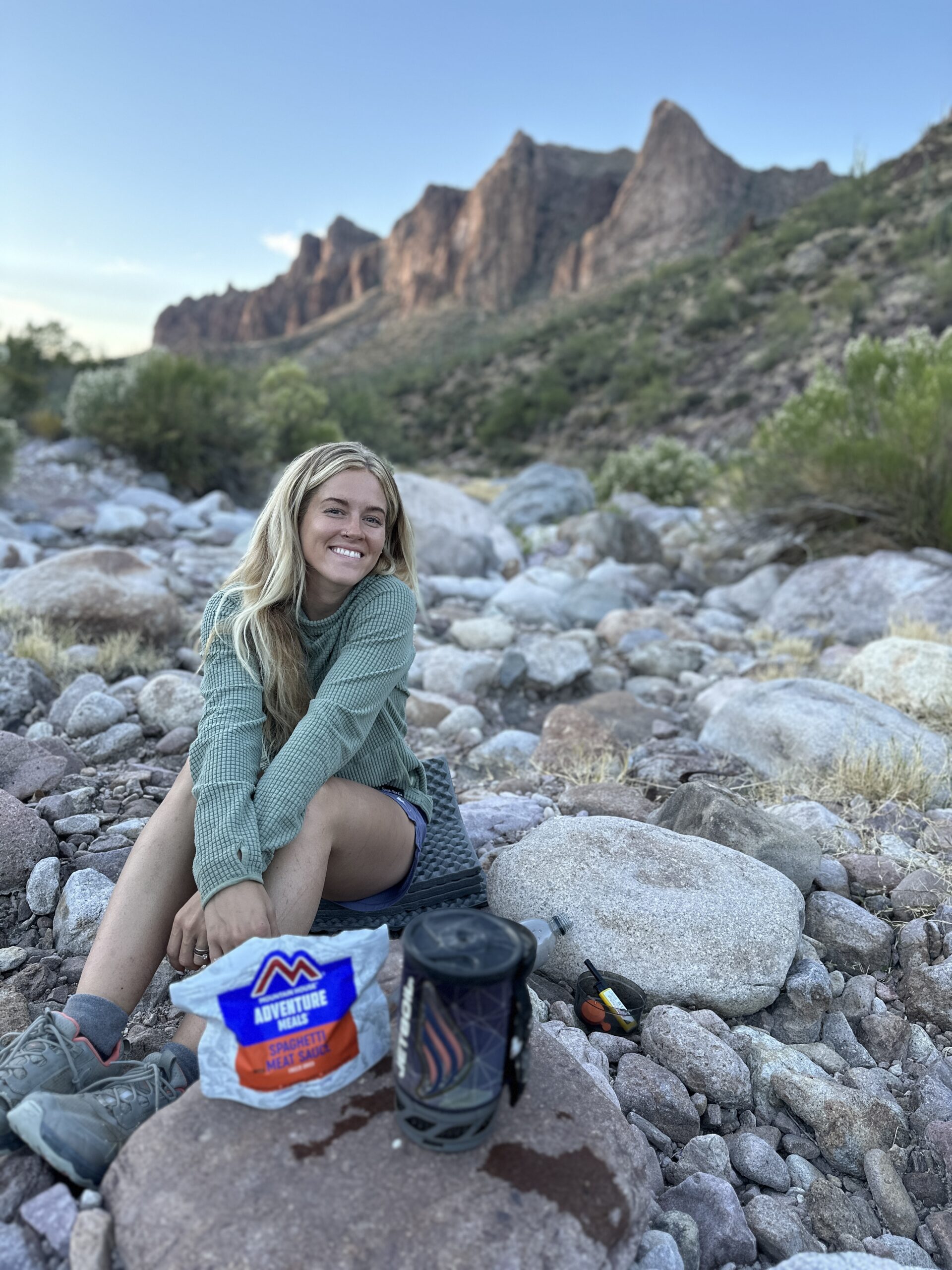
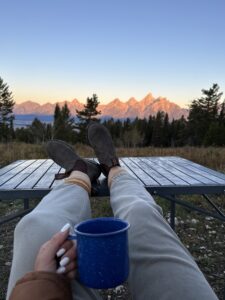

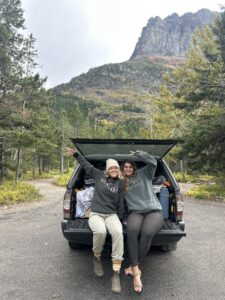
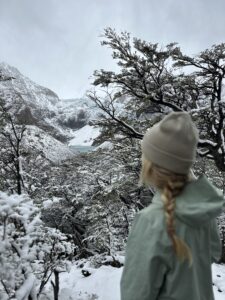
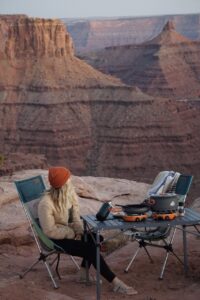
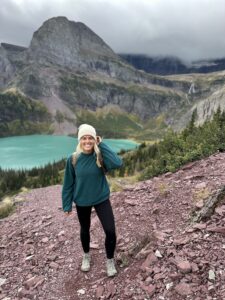
We stumbled over here by a different web page and
thought I might as well check things out. I like what I see so now i am
following you. Look forward to exploring your web
page again.